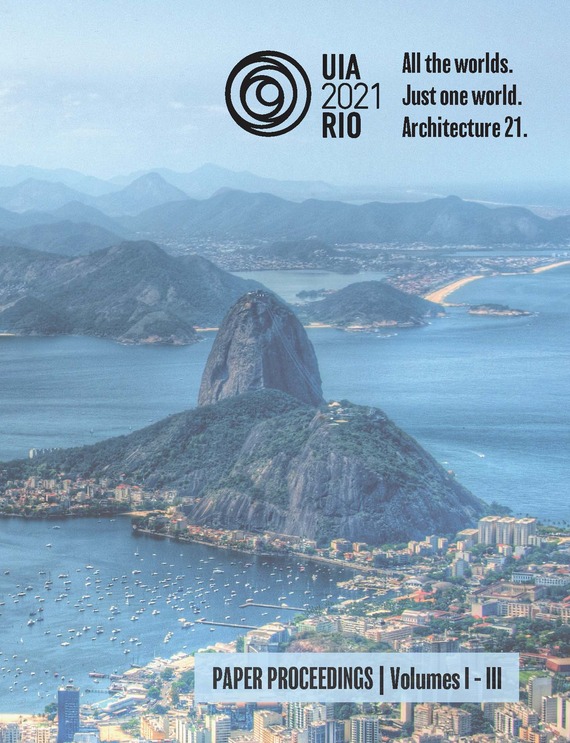Author(s): Andrew Ming-Yuen Kwong, Hei Chan, Meng Hsun Hsieh & Peter Hasdell
In this paper, we argue that when confronting with vulnerabilities and inequalities, architects have to shift their mindset. Traditionally, we starts our projects by focusing on a community’s needs, problems and deficiencies in a needs-based, top down, outside in approach without understand the underlying causes. The result may not be effective and even worse, after spending vast human and financial resources, we might have hurt the vulnerable people in the process of trying to help them. More often, vulnerabilities and inequalities is not only lack of material resources, but also suffering from poverty of spiritual intimacy, poverty of being, poverty of community and poverty of stewardship. A more desirable way would be an asset-based, bottom up, inside out approach. The design process itself could be a healing process to restore their broken relationship. An essential 3 steps to support architectural intervention towards locally driven sustainable community development are evaluated: Step 1- building relationships; Step 2- asset mapping and Step 3- participatory design. With this framing, the challenge for professional designers to effectively participate in supporting vulnerable community development is discussed through a case study of a superadobe house architectural intervention in XiaoShuiJing village- a leprosy rehabilitation village in Yunnan, China.
Volume Editors
ISBN
978-1-944214-31-9

 Study Architecture
Study Architecture  ProPEL
ProPEL 
